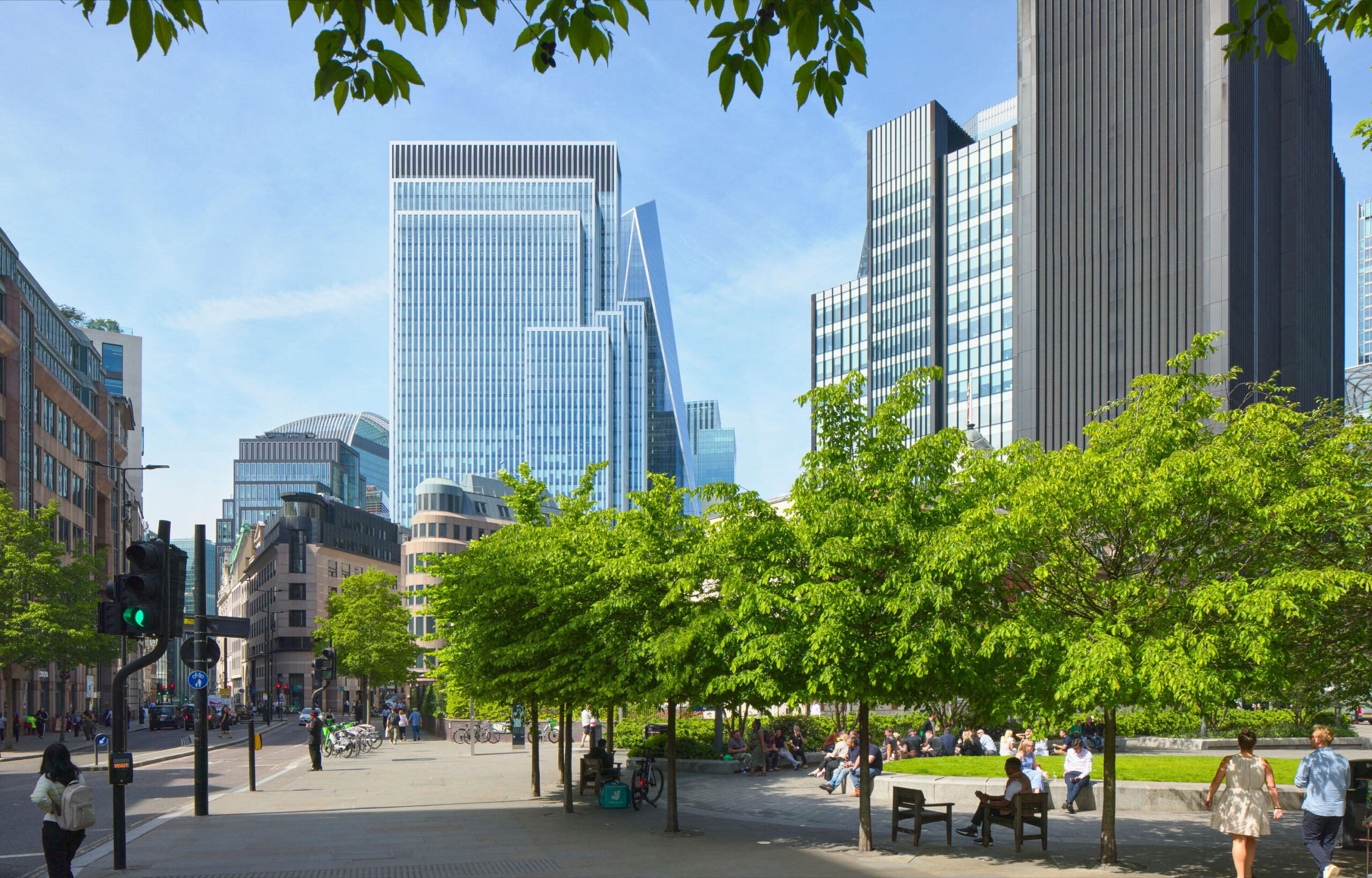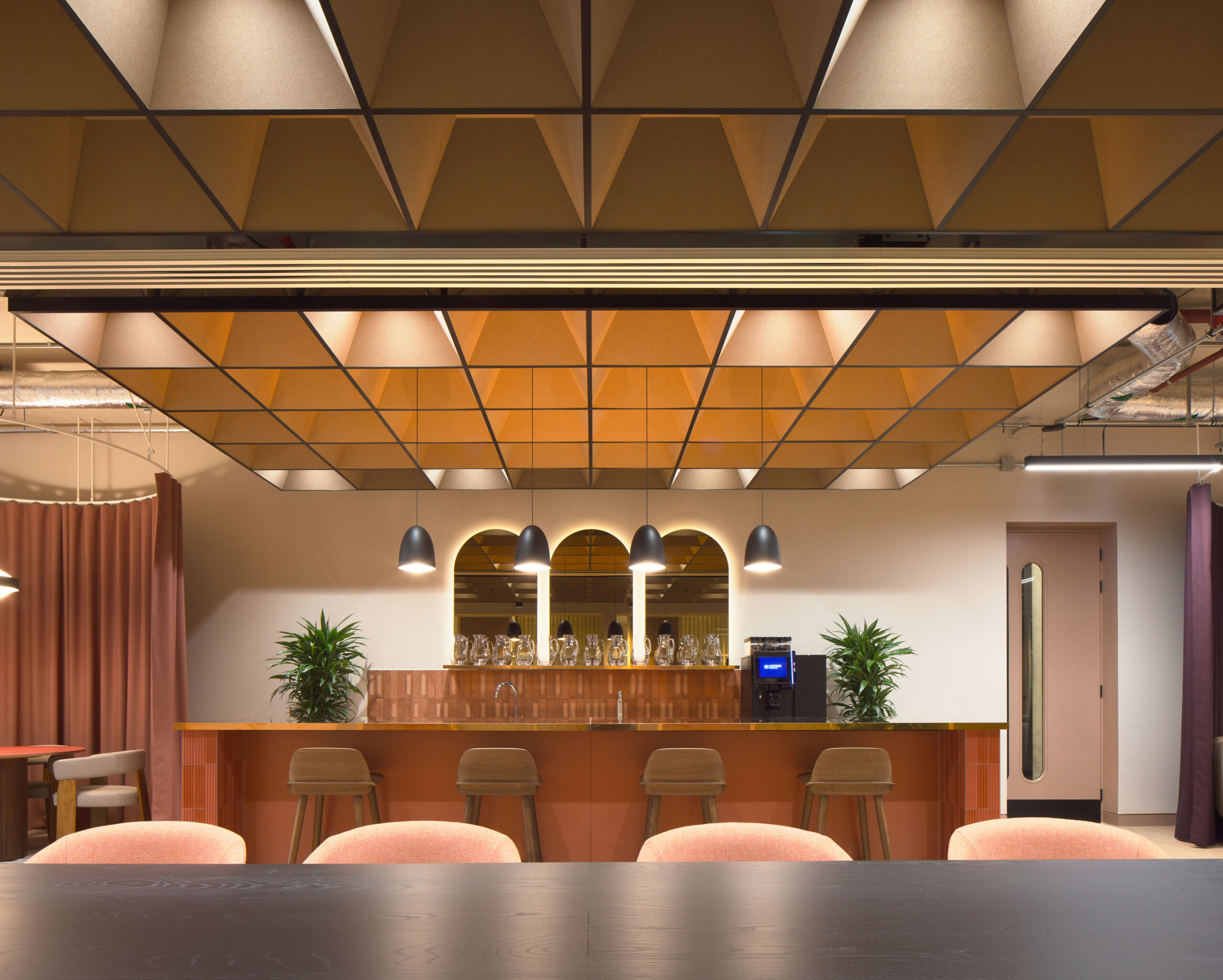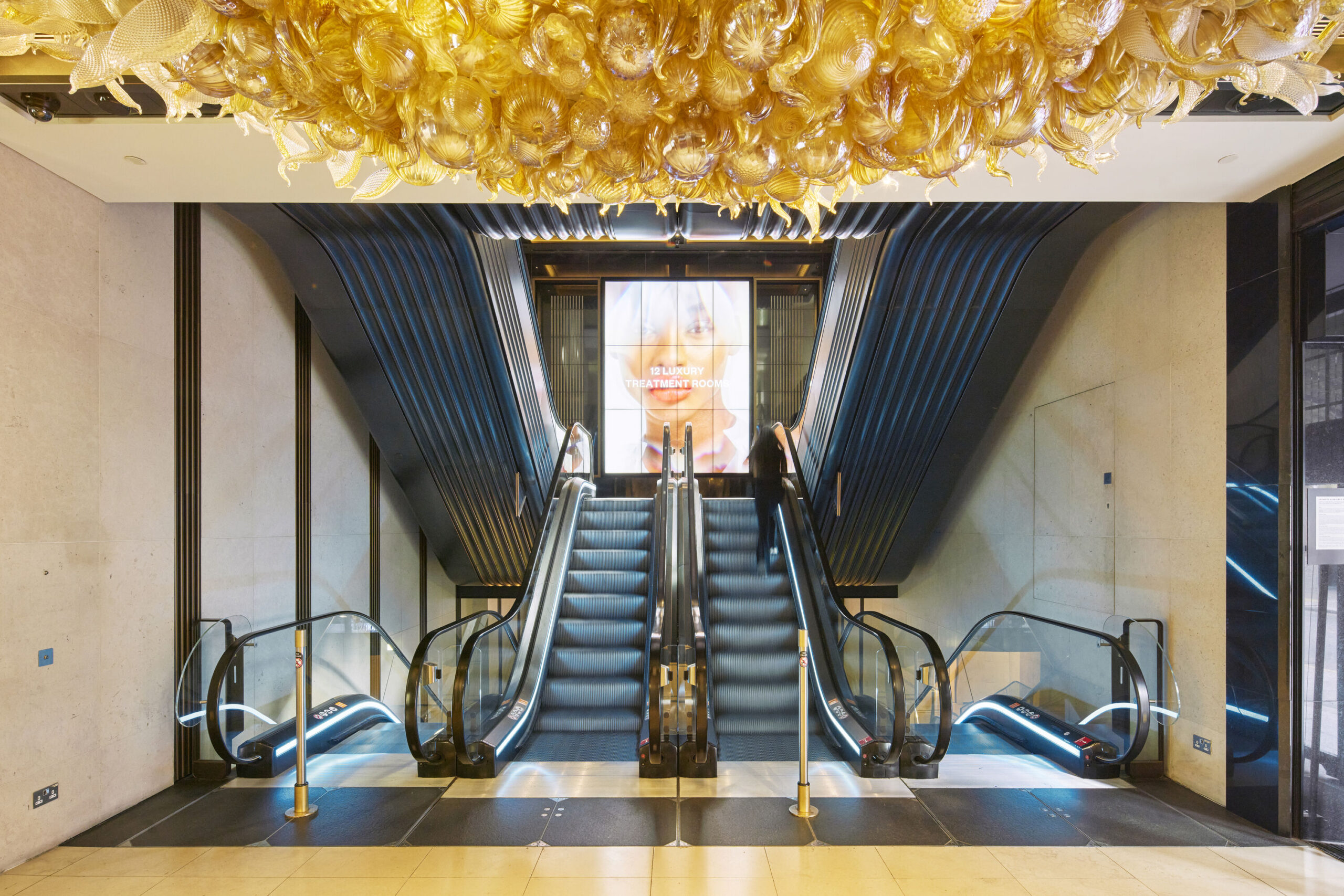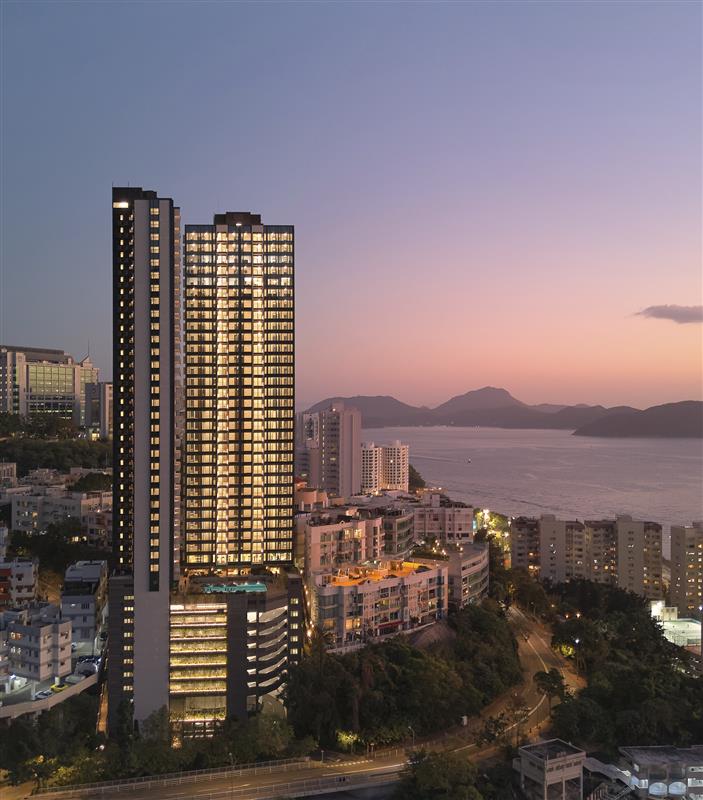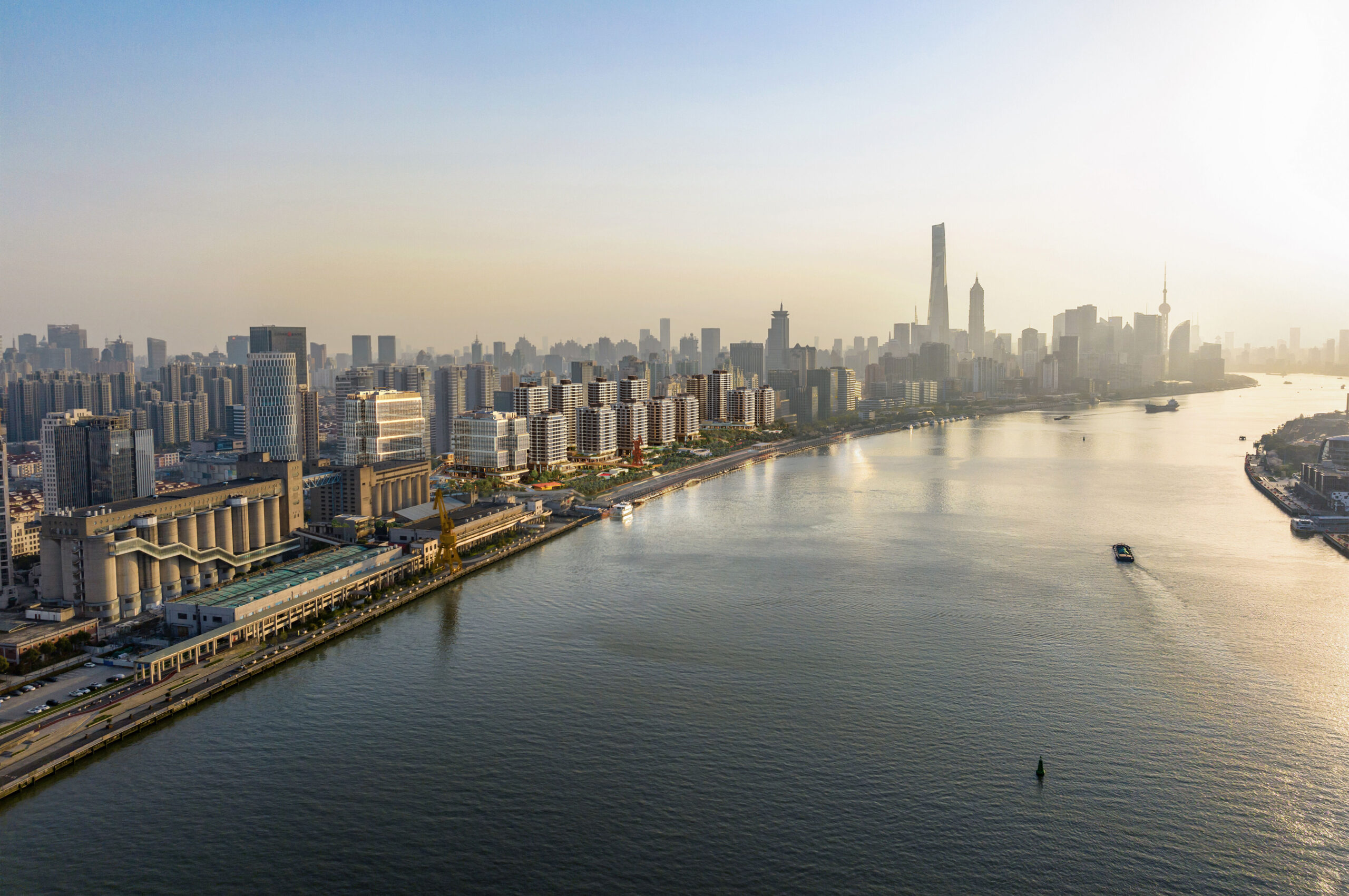
The model
This set of gift models was commissioned by Skanska to commemorate the topping out ceremony of Ropemaker in October 2022.
We first took the CAD (computer-aided design) model of 20 Ropemaker Street and made a simplified version that would work for moulding and casting. We 3D-printed a prototype on our Formlabs 3D printer using SLA resin, then, once the print was cleaned and cured, we lightly sanded the models to remove the build lines. After applying a coat of primer paint, our mould was ready to cast. We made an acrylic box slightly large than our 3D-printed model and filled it with silicone. Once it had set, we removed our master print and were left with a hollow mould we could cast into.






